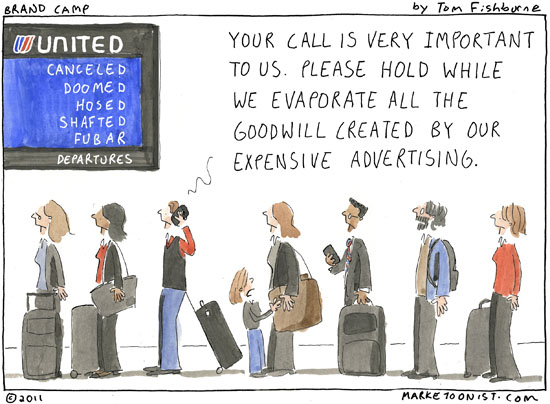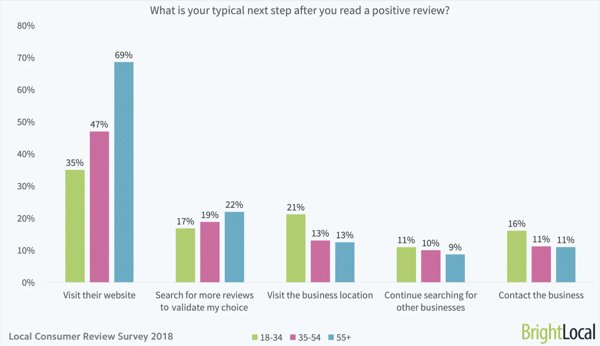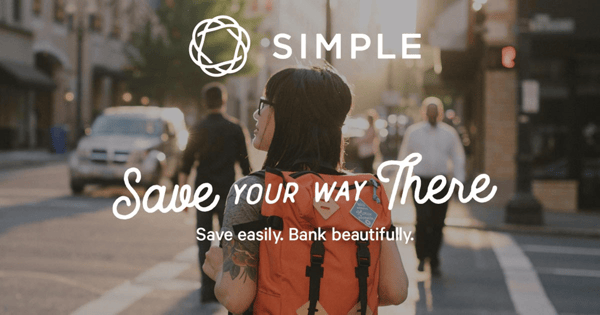September 25, 2019
 by Nanditha Vijayaraghavan / September 25, 2019
by Nanditha Vijayaraghavan / September 25, 2019

Communication is the most basic thing we learn as human beings.
In fact, humans generally speak at 125 to 175 words per minute, and can listen at a rate of up to 450 words per minute.
The rise of the internet and global digitization have led to a massive explosion of consumer communications over the years, changing how people speak about products and services. It has enabled consumers to rapidly self-organize across geographical borders to express constantly evolving needs.
All this change has invariably altered the rules of business. Consumers now expect rapid responses to their immediate desires and hold the power to demand what they want, how they want it, and when they want it.
The Cluetrain Manifesto was right all along the way.
It realized early in the internet age that consumers were being empowered to have their own conversations. It reinstated that conversations are two-way and, hence, showed the importance to not only listen and speak, but also approach your audience on their terms.
It suggested going beyond the act of merely speaking the consumer language to that of understanding their perspectives, identifying their concerns, and personalizing your approach to meet them.

Many brands are good at communicating with their customers. Only a handful of them, however, have mastered the art of conversation. So what's the difference between communication and conversation?
Communication is sharing the knowledge a company has to its consumers, without asking for the consumers' input.
Conversation is an exchange between a company and its consumers where the consumers' knowledge is used to better the consumer experience.
“Let us make a special effort to stop communicating with each other, so we can have some conversation.” – Mark Twain

Listening to consumers does not mean the same thing today as it did even a year ago.
In the past, the consumer provided one-to-one, largely confidential feedback to businesses through phone calls, letters, and emails.
Today, consumers have found strength in numbers. The community is now the consumer. Socialization has dramatically reduced the barriers to group communication and organizations posing a huge source of risk for companies that now watch missteps spread through an entire universe of critics, fans, and self-appointed journalists – many of who are not customers.

There’s widespread customer experience (CX) stagnation across businesses of varying sizes.
Research defines an experience-led business as one that is invested in CX across people, processes, and technology. Applying that standard, the research found that only 31 percent of businesses are truly experience-led – even though many more believe that they actually are. This is a huge gap between commitment and actual achievement.
It has become a minimum necessity for businesses today to bridge the perception vs. reality gap sooner than later.
Meanwhile, it has also grown increasingly clear that traditional customer segmentations (for example, age, gender, income, and historical transactions) are no longer flexible enough to represent and understand today’s consumer behaviors.
Businesses need to listen directly to what their markets and individual consumers demand when (and sometimes before) they demand it.
Consumer conversation provides a way forward.
The gathering and analysis of digital consumer conversation dramatically enhances traditional consumer intelligence through real-time speed, the granularity of individual opinions, leading indicators, unfiltered sentiment, and cross-channel integration.
Consumer conversations are way more complicated than we imagine, currently living across a multitude of siloed disconnected channels, each with their own separate APIs and data structures, and each frequently piped into a distinct customer engagement platform barely integrated to each other.
An experience is typically an individual’s perception of any interaction. Put that into a business-consumer conversational context, and you have the semblance of a shared experience.
This shared experience in the modern-day conversational age is called conversational experience, where relationships twist and turn, intelligence identifies the existing gaps, and precision nails and closes those gaps.
A typical conversational experience can be composed of either chat or voice-based human-computer interaction that mimics human conversation, but, at its core, is all about giving technology a more human face that is less polished and promotional and more personal and real-time.
Seth Godin’s 1999 classic, Permission Marketing: Turning Strangers Into Friends and Friends Into Customers, is finally having its moment and is making its voice loud and clear today.
Back then, it delivered an in-depth perspective on how a ‘relationships-first’ principle can, in fact, lead to higher engagement, increase ROI, result in higher conversion rates, and, eventually, help businesses build solid, long-lasting relationships with their customers.
In the new conversational era, this very principle will be the ultimate game changer for brands to differentiate themselves and stay relevant to their customers.
Understanding the unexpressed and unmet needs of consumers using your products, services, and technology will hold the key to unlocking true business value. This will lead to success in the digital age.
We don’t have to predict what will work; instead, we need to listen, make a credible guess, get feedback in nearly real-time, and adjust.
How are organizations conversing with their customers? Where do they do it? Where does it lead?
It’s becoming more and more apparent that the ways in which we communicate with our friends is an indication of how we, as consumers, will eventually want to communicate with businesses we regularly engage with.
This implies that, just like chatting with a friend, speaking with a brand has to be easy, intuitive, responsive, and meaningful.
Several digital-first, customer-obsessed brands are leading the way in this direction by shifting from a relational and reactive mode of communication with their customers to a two-way meaningful and conversational way of engagement.
These brands are frontrunners in propagating and delivering friend-like conversational experiences, thus, building greater loyalty and stronger friendships with their customers.
For instance, Simple Bank is an online banking service that understands its target consumers and users in way no like other.
It features an intuitive, easy-to-use, friendly design that encourages the target audience to save money. Like a cooler, smarter friend, this brand helps its customers and potential buyers feel like they are being supported practically and emotionally in their fiscal endeavors.

How do these brands do it? By treating their customers as friends and engaging with them in a dialogue with the same foundational principles they use with a friend.
This works because:
The future is now, and it’s conversational. Conversational experiences allow businesses to know their customers, anticipate customer needs, and provide customers with the best-fit solution to satisfy them.
However, creating great conversational experiences on the front-end would mean nothing if the collected data isn’t properly stored and/or analyzed to better personalize future encounters with both buyers and non-buyers.
Harnessing customer conversations to capture, understand, and socialize the authentic voice of the consumer will potentially drive the next wave of customer engagement and force businesses to bring and keep the human element of the relationship front and center.
Are you ready for the conversation?
Find the best conversational customer engagement software for you brand today to help improve conversations with your consumers.
Nanditha is a Growth Marketer at Dixa who is passionate about how storytelling and targeted messaging create business-changing content. She helps purpose-driven businesses increase brand awareness, generate leads, and acquire new customers. She is equally passionate about building communities that nurture and incubate world-changing ideas.
Many businesses regard customer experience as a top priority.
 by Paul Robertson
by Paul Robertson
The economy started with commodities.
 by Natalka Antoniuk
by Natalka Antoniuk
Marketing, as always, is constantly evolving.
 by Vyshnavi Basuthkar
by Vyshnavi Basuthkar
Many businesses regard customer experience as a top priority.
 by Paul Robertson
by Paul Robertson
The economy started with commodities.
 by Natalka Antoniuk
by Natalka Antoniuk


